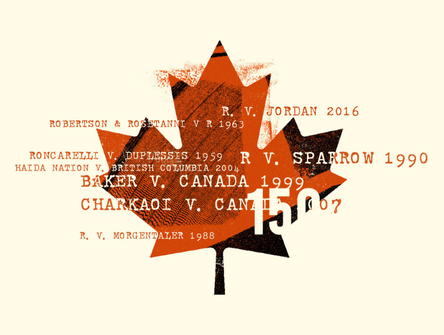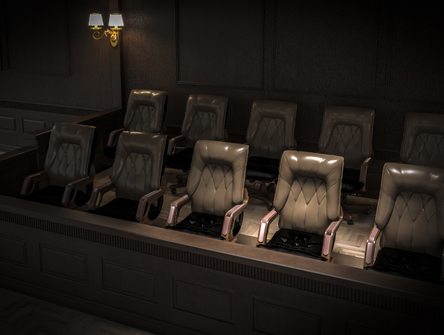Modern legal practice requires lawyers to have technological competence. This is a refrain that Canadian lawyers are hearing with increasing frequency in trade journal articles and law blogs as well as in the CBA's consultations on the future practice environment for Canadian lawyers. The evolution of new practice technologies brings real world consequences to the abstract call for increased technological competence: around the corner is always the promise of doing things faster, better, cheaper with a mere click of the button. The future is now.
Amidst all of this noise about technology, a conspicuous silence resounds in the Federation of Law Societies of Canada’s Model Code of Professional Conduct, which now forms the template for most modern provincial and territorial codes of conduct. In the section discussing lawyer competence, the Federation’s Code contains no explicit references to technology or any requirement that lawyers be able to use technology effectively in serving their clients. The Federation’s Code is a stark contrast to the American Bar Association’s Model Rules of Professional Conduct which, as of August 2012, now clarifies that lawyer competence requires lawyers to keep abreast of benefits and risks associated with the use of relevant technologies.
The Federation and Canadian law societies should seriously consider amending their respective codes of conduct to add a similar affirmative duty on lawyers to understand the benefits and risks of available technologies relevant to the modern practice of law.
Appropriate use of technology has become key to fulfilling many of a lawyer’s ethical duties. We are required, for example, to only charge fees to clients that are “fair and reasonable”. If an affordable and accessible technology allows us to do a task in one hour that would otherwise take ten, can it be said that it is “fair and reasonable” not to use that technology in favour of a more familiar, and perhaps comfortable, method? Clients appear to be losing patience on this front and have started taking matters into their own hands. A high profile example is Casey Flaherty, corporate counsel for Kia Motors America Inc., who has developed a basic technology competency audit that he administers to the law firms retained by Kia. In an article written in July 2013, Flaherty reports that “all the firms failed—some more spectacularly than others” and that, in response, he had “among other things, cut their billing rates unless and until they pass a subsequent audit.”
Maintaining client confidences is also an important ethical area where technological competence is now crucial. In a world of omnipresent electronic communications and associated meta-data, the risk of inadvertent disclosure is higher than ever. More nefarious risks loom when it comes to the potential for hackers to access client information and funds. Just over a year ago, LawPro reported that one Ontario law firm faced a “six-figure loss” from its trust account after being infected by a computer virus that allowed hackers to obtain passwords when the firm’s bookkeeper logged into the account.
In short, the current practice environment mandates that lawyers have adequate technological competence to serve and protect their clients to the best of their abilities. Understanding and harnessing appropriate technological tools is no longer an optional add-on to the lawyering role but, rather, a core feature of what it means to be a modern lawyer. This reality should be reflected in our professional codes of conduct by explicit recognition that lawyer competence requires technological competence.
To be sure, law societies have taken steps to acknowledge the importance of technological competence to legal practice, and have provided tools for lawyers in this regard. Guidelines on ethics and new technologies have been adopted by a number of law societies. For example, the Law Society of British Columbia has developed innovative cloud computing due diligence guidelines and an accompanying checklist.
These are laudable measures, but they are not enough. The issue of technological competence is too important to leave to guidelines. It is also not safe to assume that technological competence is already sufficiently, albeit implicitly, covered under general obligations of lawyer competence. The legal profession is notoriously conservative and slow to adopt changes to practice. The incorporation into codes of conduct of an express, affirmative duty for lawyers to practice with technological competence would provide the necessary unambiguous signal that embracing and understanding technology is now part of a lawyer’s core duties.
It’s time for our ethical rules to catch up to practice realities.



